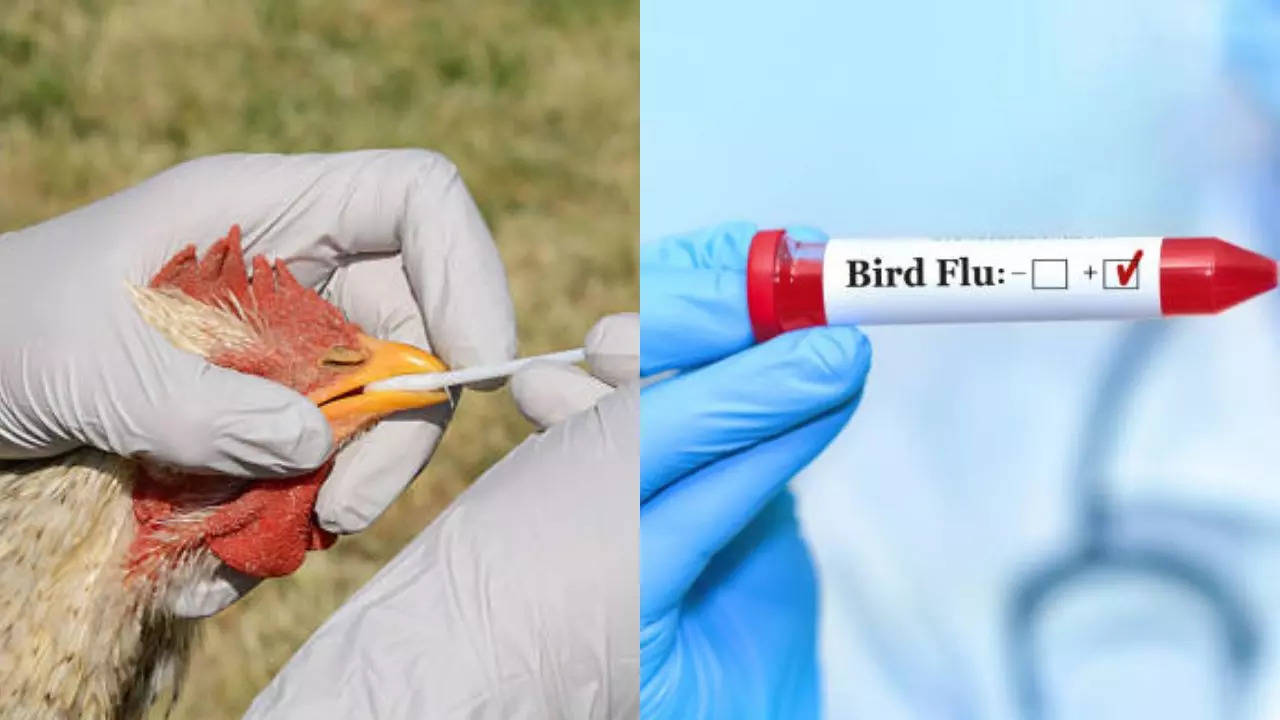Contents
-
news
-
Health
H5N1 bird flu alert: Is India prepared for the next big virus outbreak?
Amid rising cases globally, India is facing the threat of H5N1 bird flu. With a history of outbreaks, strong prevention, awareness of symptoms, and hygiene measures are critical to avoid a health crisis and protect public safety. So what are the symptoms that one needs to pay attention to? Read on to know.

H5N1 bird flu alert: Is India prepared for the next big virus outbreak? (Image credit: iStock)
The recent confirmation of a human H5N1 avian influenza case in California has reignited global concerns about the potential of this virus to provoke large outbreaks. The US Centers for Disease Control and Prevention (CDC) reported that the case involved a child in San Francisco who developed fever and conjunctivitis. Fortunately, the child has made a full recovery without hospitalization.
California has emerged as the epicenter of the outbreak in the US, where 38 of the 67 cases are linked primarily to infected poultry and dairy cows. Of concern is that the two cases in children have no identifiable source of exposure, prompting experts to investigate possible mutations that could make the virus more contagious.
India, with its huge poultry industry, wetlands and migratory bird flyways, remains vulnerable to similar outbreaks. H5N1 virus It was first detected in India in Maharashtra in 2006, and since then, 284 cases have been reported, with the highest number in Maharashtra, West Bengal and Odisha. Although only two human cases have been confirmed in the country, the recent death of three tigers and a leopard from H5N1 at a Nagpur rescue center has raised concerns.
What is H5N1 and why is it worrying? H5N1 is a highly pathogenic avian influenza virus that primarily affects birds but can also infect humans and other animals. It was first found in China in 1996 and has since spread globally. While human-to-human transmission is rare, infection usually occurs through contact with infected birds or contaminated environments.
A major concern with H5N1 is its ability to replicate in the brain, potentially causing serious neurological complications. Although the virus poses a significant health risk, current antiviral treatments are considered effective in the management of infection.
Symptoms of H5N1 infection
Symptoms of H5N1 infection can vary in severity and include:
– Fever
– cough and sore throat
– muscle pain
– Conjunctivitis (red or irritated eyes)
– difficulty breathing
– severe respiratory distress in advanced cases
In some cases, complications such as pneumonia or multi-organ failure may develop, highlighting the importance of prompt diagnosis and treatment.
Is India ready?
India has made progress in tackling the outbreak, but several challenges remain:
1. Surveillance gaps: Early detection of H5N1 cases is limited, especially in remote areas.
2. Public awareness: Many people, especially in rural areas, lack awareness about preventive measures.
3. Health care infrastructure: Insufficient resources to manage a widespread outbreak may put a strain on the system.
preventive measures to consider
To reduce the risks, individuals and authorities should take proactive steps:
– Avoid contact with birds: Stay away from sick or dead birds and contaminated environments.
– Maintain hygiene: Wash hands frequently and disinfect surfaces that may come in contact with bird droppings.
– Cook poultry thoroughly: Cook poultry and eggs properly to eliminate potential viruses.
– Monitor for symptoms: Seek medical help if flu-like symptoms develop after exposure to birds.
– Strengthen surveillance: Increase surveillance of poultry and migratory bird populations to detect early signs of outbreaks.
While human-to-human transmission is rare, India’s preparedness to manage such outbreaks will determine its ability to prevent a health crisis. Proactive measures, public awareness and strong healthcare systems are essential to prevent the next major virus outbreak.
Get the latest news live on Times Now with breaking news and top headlines from around the world.
h5n1 virus


